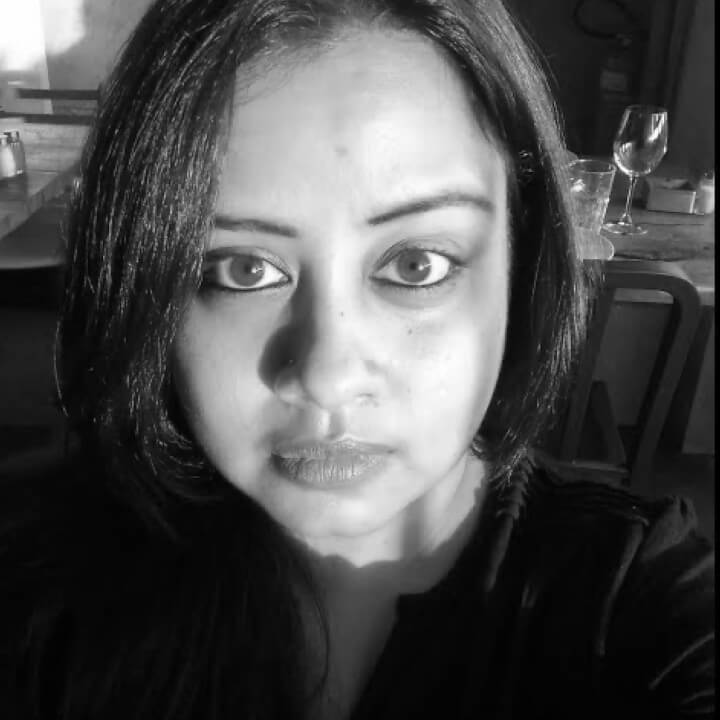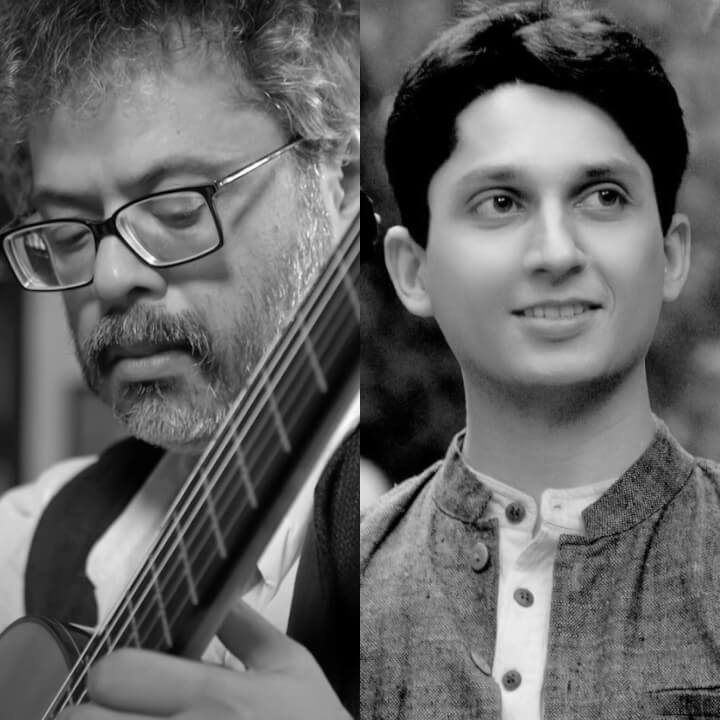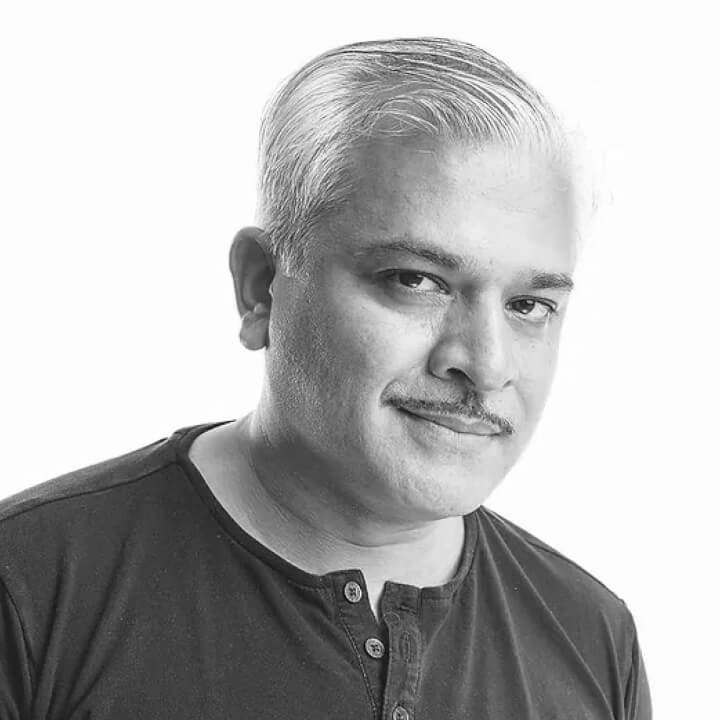EP 244 . 20 Jul 22
History of Ghatam
With Sumana Chandrashekar
In the episode
- How did Ghatam come to be? A brief history? Can you share the nuances of initial iterations before we landed in Ghatam? What is it made of and how did we arrive at such a shape and form?
- Why there are so few women in percussion? In of the talks by Dr. Ashok Ranade, he mentioned that in India, drums were considered as a metaphor for women (If sounds dated) Any other connection?
- What is the process of making it? Which parts of India do they make Ghatam?
- Are there similar percussion instrument varieties made from non-animal elements?
- People like your guru Sukanya ji and her guru Vikku Vinayakram ji and many more, made this instrument really popular. Can you please share a short journey of it and its contribution?
About Sumana Chandrashekar
Sumana is a ghatam player. She has been studying the ghatam for over a decade under Vidushi Sukanya Ramgopal. She has also trained in Carnatic vocal music under Vidushi Rupa Sridhar.
Sumana is an independent researcher pursuing her inquiry into the ghatam and other aspects of Carnatic music. She has also worked in the area of music education. She currently serves as Programme Lead at India Foundation for the Arts.
With Sumana’s diverse body of work, I thought I will intentionally confine it to Ghatam. Today we will try and know a brief history of Ghatam – the instrument.




